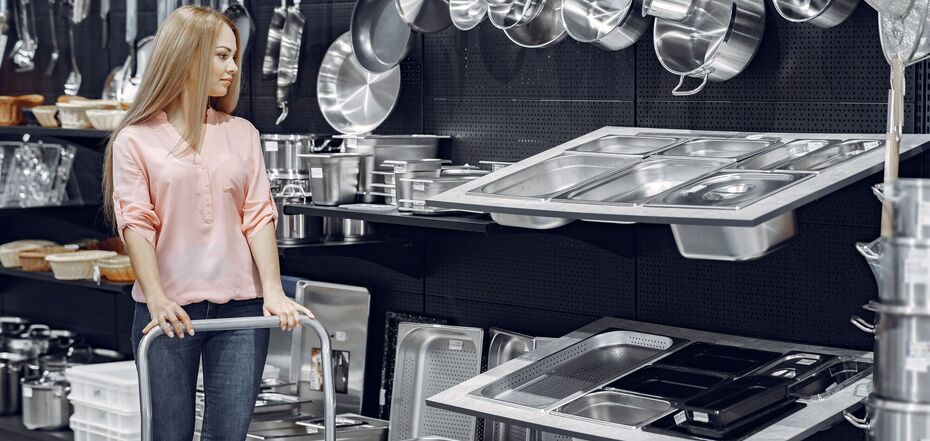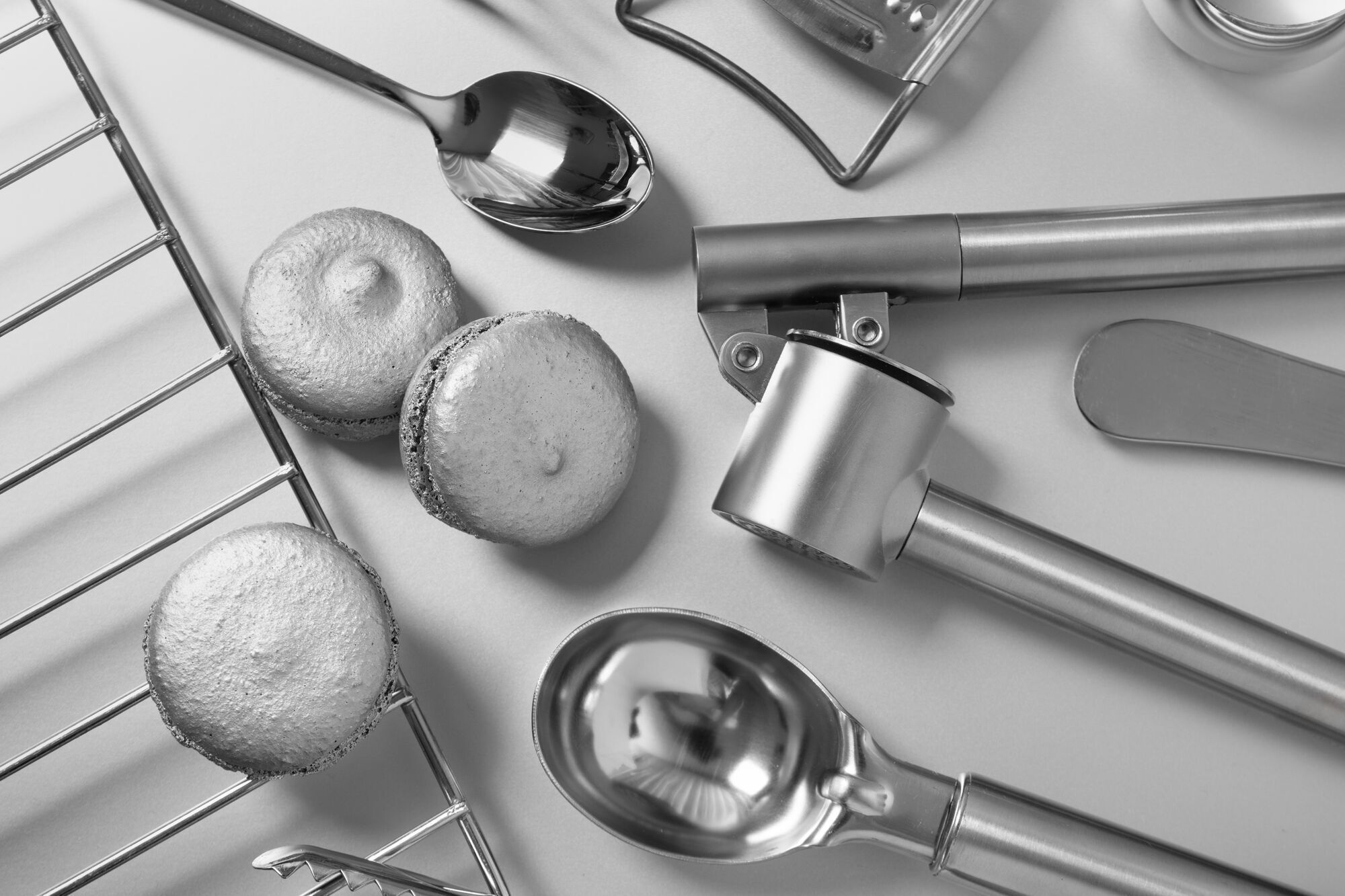News
Give your utensils a second life: how to get rid of scratches on stainless steel
In everyday life, we are surrounded by many items made of stainless steel. These can be kitchen utensils, household appliances, plumbing fixtures, or even furniture.
This material is quite durable, but it is not invulnerable and can be scratched. Better Homes & Gardens has told you how to save your belongings and get rid of the damage.
Stainless steel is an alloy of iron, chromium, nickel, and other elements. It is resistant to rust, heat, and bacteria, recyclable, and easy to clean. However, despite its strength and resilience, this material is very easy to scratch.
The most common cause of damage to stainless steel is improper cleaning. The use of abrasive sponges or harsh chemicals can leave very visible marks.
Very minor surface damage can be removed by polishing, but deep scratches will require more effort.
Light scratches
If your appliance has a protective or synthetic finish, you may need to use a special commercial stainless steel polish to remove or hide scratches.
Before you start polishing, clean the surface with dishwashing soap or a mild detergent and water and dry it. Take the polishing compound you purchased or make it yourself from baking soda, water, and toothpaste.
Then apply it to the scratches and rub it along the grain of the stainless steel with a damp, soft cloth. Do not use circular motions.
Next, rinse the surface with water, sprinkle it lightly with white vinegar, dry it, and polish it using a few drops of oil and a microfiber cloth.
Deep scratches
For deep scratches, you can buy and use a stainless steel scratch removal kit.
However, if you don't have the opportunity or time to look for commercial products, apply a few drops of vegetable oil to an uncoated stainless steel sponge and move along the grain to gradually remove the damage. However, do not press the sponge too hard. You can also use fine sandpaper (400-600 grit) soaked in water for a few minutes.
Then clean the surface with white vinegar and a damp cloth and polish it with oil.
Subscribe to OBOZ.UA channels on Telegram and Viber to keep up with the latest events.




























